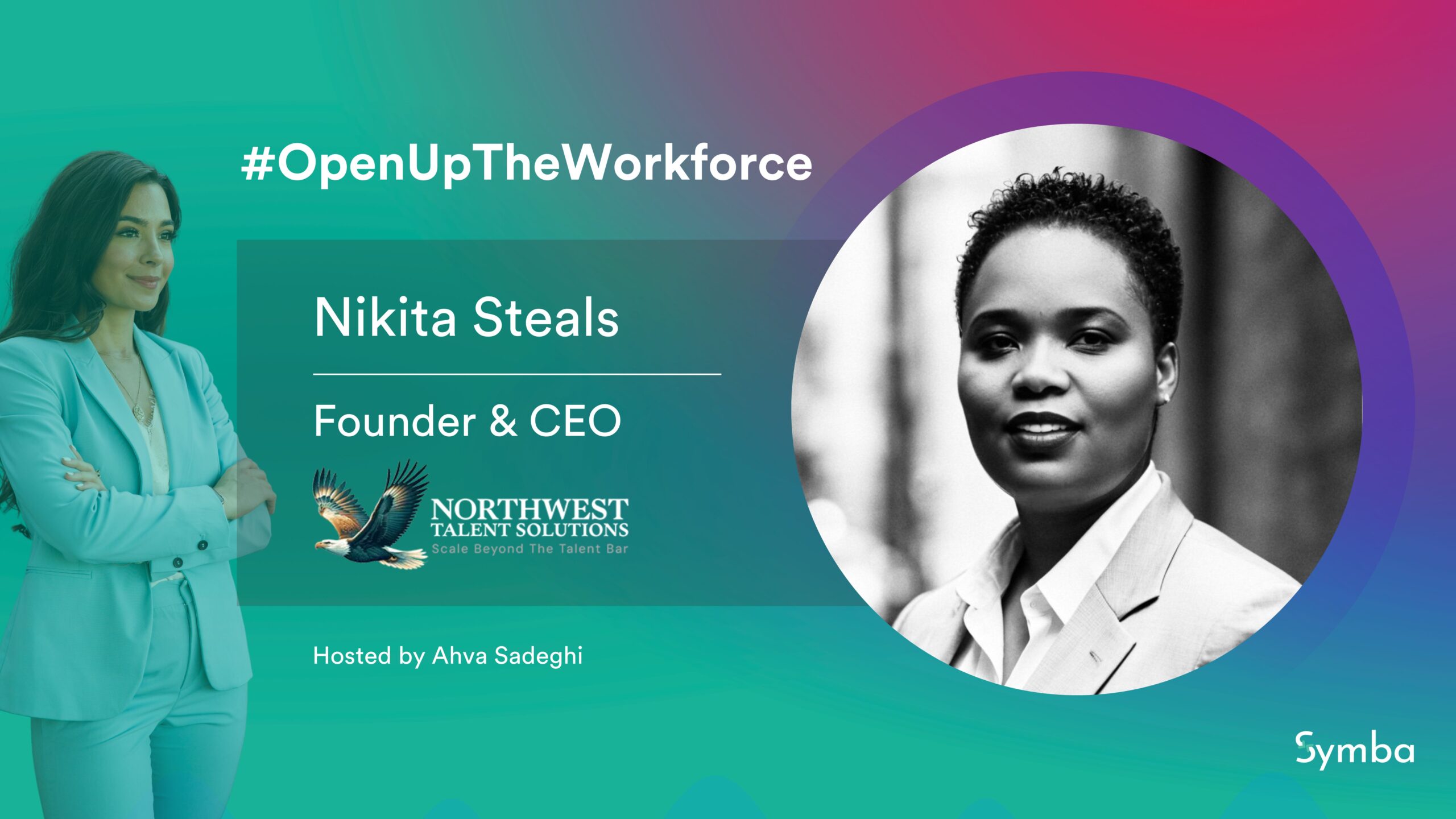Diversity and inclusion activities for virtual teams can fuse disconnects between those who only see each other’s faces online. Being virtual can make it difficult to connect, but more importantly to listen. And listening to the voices that are not as represented due to ethnicity, disability, age, religion, gender identity, and sexual orientation is crucial in any space where people come together.
A virtual environment where team members feel supported in their different and shared experiences creates a safe space to contribute and learn. It encourages discussion and listening on matters that are not usually discussed by your virtual team but that shape everyone on it. Diversity and inclusion activities promote collaboration, respect, and contribution that will extend beyond the time you specify for them, especially if used in all corners of your organization or company.
Here are 6 diversity and inclusion activities to grow as a virtual team.
- A virtual book club and required team readings
Many DEI (Diversity, Equity, and Inclusion) consultants help larger organizations guide these activities. For your virtual team, a more accessible activity can be to assign books written by authors versed in DEI or a specific experience for your virtual book club.
There is an endless number of books you could read with your team on diversity and inclusion, so get creative with this and assign a new book or two every quarter. Designate a meeting to talk about the books, what you learned and unlearned, and what you connected with.
Here are some books that promote inclusion:
- “Unruly Bodies: Life Writing by Women with Disabilities” by Susannah B. Mintz
- “How to Be an Antiracist” by Ibram X. Kendi
- “Privilege, Power, and Difference” by Allan G. Johnson
- “Yellow” by Frank H. Wu
- “We Are Everywhere: Protest, Power, and Pride in the History of Queer Liberation” by Matthew Riemer and Leighton Brown
- “This Chair Rocks: A Manifesto Against Ageism” by Ashton Applewhite
- “What Works: Gender Equality by Design” by Iris Bohnet
- Vocabulary list of inclusive terms
With your team, generate a vocabulary list of inclusive terms that everyone is encouraged to use. If there’s a fun consequence like putting a dollar into an online money jar, your team will become mindful of their language quickly.
Start the conversation by discussing what inclusive terms are and giving examples of these that may not be concepts that have crossed your team members’ minds before. Some inclusive language examples you can give are:
- Person-first language (PFL). If someone is disabled put the person first before naming their disability. For example, saying a person who is visually impaired rather than “a blind person” or a person who is hard of hearing versus “a deaf person.” This way you are putting the person first and not their disability.
- Preferred Gender Pronouns (PGP). Pronouns are like he, she, or they. Ask your team members to share their PGPs along with their Zoom name or in their email signature.
- Gender-neutral terms refer to people instead of a specific gender. For example, the terms “Guys” or “Ladies and Gentlemen” are often thrown around in everyday situations. But some gender-neutral terms that include women, those who identify as non-binary, or trans people, are Y’all, Folks, or Chairperson.
- Terms based on race. Avoid using words like “illegal alien”, “foreigner”, or “minority,” and use PFL language like People of Color (POC), international people, or using their race or religion as an adjective and not as a descriptor i.e. a Jewish person.
There are many ways to use inclusive language also based on age, class, physicalities, and personalities that should be discussed during these activities. After discussing these terms, ask your team to share which terms they identify with, could use in place of others, and want to add to the team’s inclusive vocabulary list.
- How everyone got their name
Everyone’s name carries history, fun anecdotes, or familial values. Ask each team member to share their full name (if comfortable) and the history behind it.
This fun activity allows your team members to share a surface-level experience while also making room for vulnerability and leaning into personal reflections. So much can be learned from having a conversation about your team’s names alone.
- Interruption-free ground rules for meetings
Virtual team meetings can make it difficult to speak up for those who are introverted, soft-spoken, or who may feel their voice is not respected or valuable. Also, be mindful of if men in your team tend to interrupt women when they are speaking, or anyone tends to interrupt others. Create some interruption-free ground rules so that everyone feels heard and encouraged to speak in your meetings. This can be raising hands or using the hand emoji while a designated person keeps track of the list and order.
- Preference game
Another way to discover and share your team’s personal preferences is to make a fun game of it! Create a list of options and you can find seasonal or themed lists to give you ideas on Pinterest. Also, have your team members add options that they’d like to share about themselves that their team members don’t know. This list can get your team to share if they are introverted, non-alcohol drinkers, vegetarians, pop-culture lovers, etc. This can look like
Do you prefer:
Staying home to watch your favorite series OR Going out to dinner with friends
Coffee OR Boba
Hard seltzers OR Sparkling apple juice
Anime OR Marvel Movies
Pizza with pineapple OR Pizza without pineapple
- Land acknowledgment
This can serve as an activity or a new initiative within your company. A land acknowledgment is knowing and stating which indigenous group lives/lived on the land you are on.
Get your team members to research whose land they live on or work from and to share the history of those people with their colleagues. If someone is indigenous and lives on that land, ask them to share their indigenous culture and history. They can use this map by Native-Land.ca to see international indigenous territories.
Beyond this, use land acknowledgments at the beginning of your online events with your attendees. Start your event by stating whose land you are presenting from or where your headquarters are. You can also include this in your email signature. For example, “I am emailing from the ancestral home and unceded lands of the Tongva, who have stewarded through generations the lands and waterways of what is now known as Los Angeles.”
Fostering a diverse and inclusive environment for your remote team will help cultivate community and psychological safety at work, so you and your team can learn from each other and grow.





